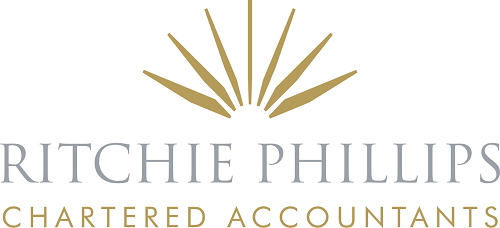Autumn Statement Summary -income tax for private clients measures
It will seem an age ago, but on 22 November 2023, Jeremy Hunt delivered the “Autumn Statement for Growth”. The Chancellor was keen to lay claim to the largest tax cut in history.
There were significant statements relating to National Insurance changes and the reform of work-related state benefits.
He however had nothing to say on the subject of Inheritance Tax, notwithstanding widespread speculation to the contrary. Nor did he have anything to say on the Remittance Basis and Non-Doms.
Although denied by the government, this was a politically motivated Autumn Statement as in all likelihood the next general election will take place in late 2024. Looking ahead, the March 2024 Budget will probably include further tax and benefit giveaways.
In a series of Insights therefore we will be focussing on the tax measures from the Autumn Statement which may affect you, your family or your business, starting in this post with the income tax provisions as they relate to private clients.
Income Tax
The importance of understanding the tax allowances, bands and rates is to optimise your marginal rate of income tax so that your income does not unnecessarily fall into a higher rate of income tax.
The key ways to optimise your marginal rate of income tax are to:
- accelerate or defer income
- reallocate income
- make pension contributions
- pay donations under Gift Aid.
Each of these ways needs careful planning.
Personal allowances and the basic rate tax band
As previously announced, the income tax personal allowance and basic rate limit are fixed at their current levels until April 2028. They are £12,570 and £37,700 respectively. For those entitled to a full personal allowance, the point at which they will pay income tax at the higher rate will continue at £50,270.
As earnings increase, this will result in more higher rate taxpayers. /’This is often referred to as “fiscal drag” because it will raise more income tax without actually increasing income tax rates.
There was no mention of the previously announced intention to cut the basic rate of income tax from 20% to 19% from April 2024.
Income tax rates
The basic rate will remain at 20%, the higher rate at 40% and the additional rate at 45% for 2024/25.
The point at which individuals pay the additional rate of tax of 45% will remain at £125,140.
More to pay 45% income tax and the effective 60% tax rate
The £125,140 threshold ties in with the £12,570 personal allowance being gradually withdrawn for those with income in excess of £100,000. For these individuals, once their income exceeds £125,140, they will no longer be entitled to a personal allowance and will move straight into 45% income tax. And the effective 60% tax rate remains for those with “adjusted net income” over £100,000 as the personal allowance is withdrawn at the rate of £1 for every £2 of income above £100,000, resulting in a marginal 60% income tax rate on income between £100,000 and £125,140.
Tax on savings income
Savings income is income such as bank and building society interest.
The Savings Allowance applies to savings income and the available allowance in a tax year depends on the individual’s marginal rate of income tax. Broadly, individuals taxed at up to the basic rate of tax have an allowance of £1,000. For higher rate taxpayers the allowance is £500. No allowance is due to additional rate taxpayers.
Some individuals qualify for a 0% starting rate of tax on savings income up to £5,000. However, the rate is not available if taxable non-savings income (broadly earnings, pensions, trading profits and property income, less allocated allowances and reliefs) exceeds £5,000.
Tax on dividends
The government has also confirmed that, from April 2024, the rates of taxation on dividend income will remain as follows:
- the dividend ordinary rate – 8.75%
- the dividend upper rate – 33.75%
- the dividend additional rate – 39.35%.
As corporation tax due on directors’ overdrawn loan accounts is paid at the dividend upper rate, this will also remain at 33.75%.
To determine which tax band dividends fall into, dividends are treated as the last type of income to be taxed.
Dividend income – reduced 0% band
As previously announced, the government will reduce the Dividend Allowance from £1,000 to £500 from 6 April 2024.
High Income Child Benefit Charge (HICBC)
The HICBC affects working parents. If one parent earns more than £50,000 per annum, then they lose 1% of the benefit for every £100 earned. With £60,000 of income, the benefit is entirely gone.
In the case of a couple where one parent earns £60,000 and another earns £5,000, they would get no child benefit. In contrast, two parents earning £49,000 each in a year, or £98,000 in total, would get the full benefit.
In our opinion, HICBC is one of the most unjust forms of taxation. At its worst, it can lead to a marginal rate of tax of 72% on a family’s income.
In our next post, we will take a look at National Insurance contributions and pensions, but if you have any questions concerning the Autumn Statement and income tax for private client measures, please get in touch.
